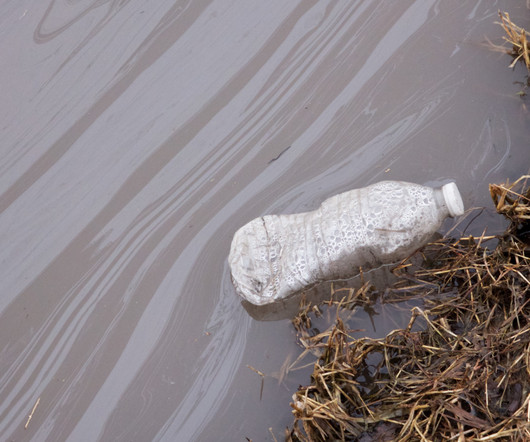This Week in Logistics News (November 11 – 17)
Logistics Viewpoints
NOVEMBER 17, 2023
To determine which chains are most vulnerable to carrying excess stock – a problem that raises retailers’ costs – LSEG divided each retailer’s cost of goods sold by the average value of its inventory in the second quarter. Mullin suggested that this was both “a time and a place” and threw down the challenge.






















Let's personalize your content